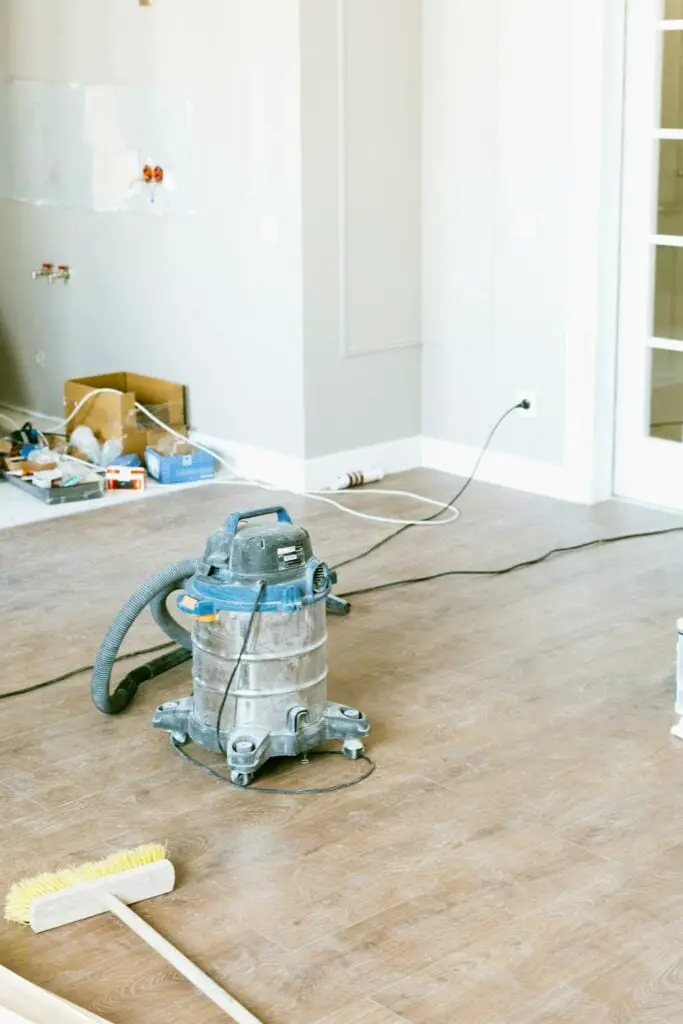
Decluttering and organizing your living space can be an overwhelming task, especially when faced with years of accumulated belongings. Whether you’re gearing up for a thorough spring cleaning, preparing for a move, or tackling a home renovation project, renting a dumpster can be a game-changer in simplifying the process. In this comprehensive guide, we’ll explore everything you need to know about renting a dumpster for cleaning out your house efficiently.
Assess Your Needs
Before diving into the dumpster rental process, take some time to assess your needs. Evaluate the scope of your cleanout project and estimate the amount of waste you’ll be generating. Consider the types of items you’ll be disposing of, such as furniture, appliances, household junk, or construction debris. This assessment will help you determine the size and specifications of the dumpster you’ll need.
Choose the Right Size Dumpster
Dumpsters come in various sizes, so it’s essential to select one that suits your specific requirements. A smaller dumpster may suffice for a minor decluttering project, while larger cleanouts, such as whole-house purges or renovation endeavors, may necessitate a more substantial container. Common dumpster sizes range from 10 to 40 cubic yards, with intermediate options available to accommodate different volumes of waste.
Research Dumpster Rental Companies
Once you’ve determined your needs, research local dumpster rental companies to find a reputable provider. Look for companies with positive customer reviews, transparent pricing, and a wide selection of dumpster sizes. Consider factors like rental duration, delivery and pickup logistics, as well as any additional fees or restrictions associated with the rental.
Obtain Permits if Necessary
Depending on your location and the placement of the dumpster, you may need to obtain permits from your city or municipality. Check local regulations regarding dumpster placement on public property or right-of-ways, as well as any requirements for street closures or temporary parking permits. Failing to secure the necessary permits could result in fines or delays, so it’s crucial to address this aspect early in the process.
Schedule Delivery and Pickup
Once you’ve chosen a rental company and selected the appropriate dumpster size, schedule the delivery and pickup dates for your convenience. Coordinate with the rental company to ensure that the dumpster arrives at your property at a time that aligns with your project timeline. Likewise, arrange for prompt pickup once you’ve filled the dumpster to avoid overage charges or obstruction of your property.
Prepare Your Property
Before the dumpster arrives, prepare your property for its placement. Clear the area of any obstacles, such as vehicles, debris, or landscaping features, to facilitate smooth delivery and placement. Identify a suitable location for the dumpster that is both convenient for loading and compliant with local regulations. Ideally, choose a flat, stable surface away from utility lines and overhead obstacles.
Efficient Loading Strategies
As you begin loading the dumpster, adopt efficient strategies to maximize space utilization and minimize unnecessary trips. Start by placing bulky items at the bottom and filling in the gaps with smaller items to optimize the available space. Break down large items whenever possible to create more room and stack items strategically to prevent shifting during transportation.
Sort and Separate
During the cleaning process, sort and separate items into categories to streamline disposal and promote recycling or donation efforts. Designate separate areas for items destined for the dumpster, donation centers, recycling facilities, or hazardous waste disposal sites. This proactive approach not only simplifies the cleanup process but also minimizes environmental impact by diverting recyclable materials from landfills.
Safety First
Prioritize safety throughout the dumpster rental process by following proper loading procedures and exercising caution when handling heavy or bulky items. Use appropriate lifting techniques to prevent injuries, and enlist the help of friends or family members for assistance with heavy lifting tasks. If disposing of hazardous materials, such as chemicals or asbestos-containing materials, consult with experts or local authorities to ensure safe handling and disposal practices.
Finalize Cleanup and Return
Once you’ve completed the cleanout process and filled the dumpster to capacity, contact the rental company to schedule its pickup. Conduct a final walkthrough of your property to ensure that no items have been overlooked or left behind. Remove any remaining debris or clutter from the surrounding area to restore your property to its original condition.
Conclusion
Renting a dumpster can significantly streamline the process of cleaning out your house, whether you’re decluttering, moving, or renovating. By assessing your needs, choosing the right size dumpster, researching rental companies, and following proper loading and safety procedures, you can efficiently tackle even the most daunting cleanout projects. With careful planning and organization, renting a dumpster becomes a valuable tool in achieving a clutter-free and refreshed living space.